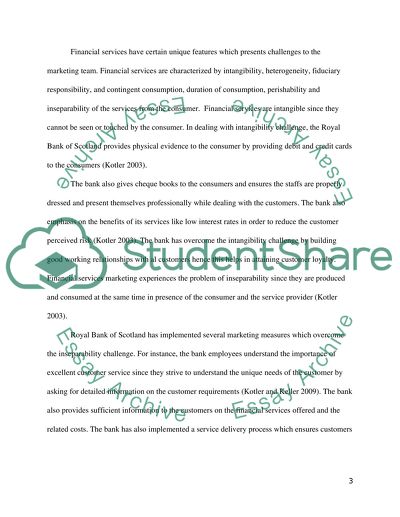Cite this document
(“Ways In Which Forces Within The Macro Marketing Environment Affect The Essay”, n.d.)
Ways In Which Forces Within The Macro Marketing Environment Affect The Essay. Retrieved from https://studentshare.org/marketing/1442237-ways-in-which-forces-within-the-macro-marketing-environment-affect-the-companys-ability-to-market-its-products-successfully-royal-bank-of-scotland
Ways In Which Forces Within The Macro Marketing Environment Affect The Essay. Retrieved from https://studentshare.org/marketing/1442237-ways-in-which-forces-within-the-macro-marketing-environment-affect-the-companys-ability-to-market-its-products-successfully-royal-bank-of-scotland
(Ways In Which Forces Within The Macro Marketing Environment Affect The Essay)
Ways In Which Forces Within The Macro Marketing Environment Affect The Essay. https://studentshare.org/marketing/1442237-ways-in-which-forces-within-the-macro-marketing-environment-affect-the-companys-ability-to-market-its-products-successfully-royal-bank-of-scotland.
Ways In Which Forces Within The Macro Marketing Environment Affect The Essay. https://studentshare.org/marketing/1442237-ways-in-which-forces-within-the-macro-marketing-environment-affect-the-companys-ability-to-market-its-products-successfully-royal-bank-of-scotland.
“Ways In Which Forces Within The Macro Marketing Environment Affect The Essay”, n.d. https://studentshare.org/marketing/1442237-ways-in-which-forces-within-the-macro-marketing-environment-affect-the-companys-ability-to-market-its-products-successfully-royal-bank-of-scotland.


